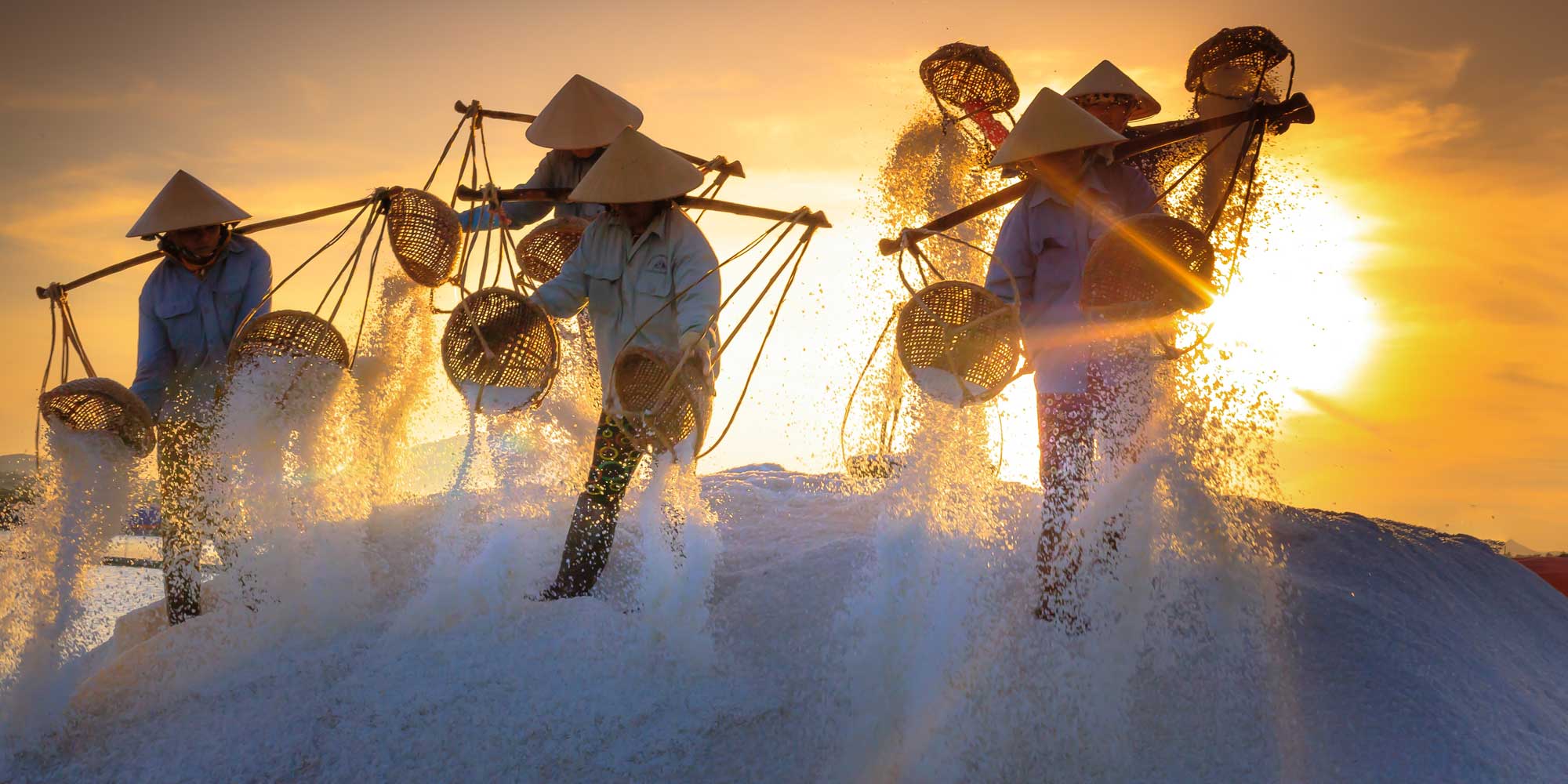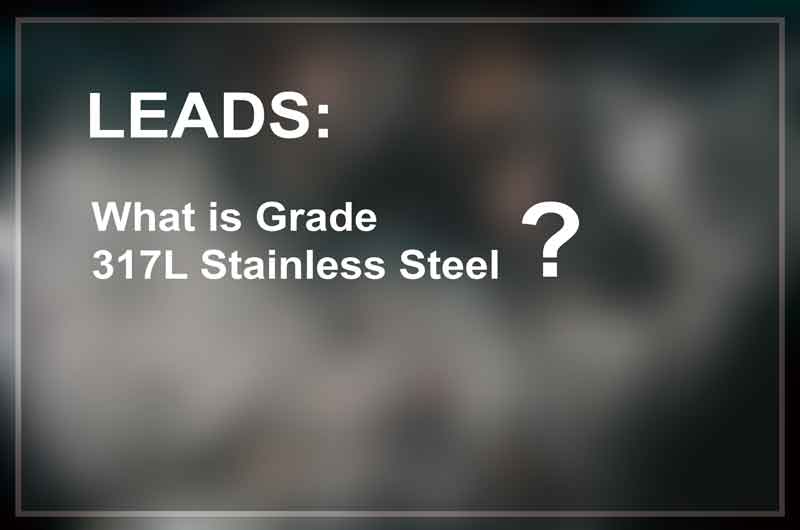Overview
The refined salt vacuum tank method is a fine salt production technology. By applying the principle of vacuum depression vaporization, inject the purified brine into the vacuum tank and then send the steam to the outer layer of the tank. The multi-effect evaporation crystal salt is dehydrated and dried by centrifuge to become the refined salt product.
By now, the material for salt evaporation tanks can be divided into two categories, 1) one is titanium composite plate with high corrosion resistance and long service life (up to 20 years), which price and cost are both high; 2) the other is stainless steel (316L, or 2205) composite plate with poor corrosion resistance and frequent shutdown maintenance. Although the price and cost of the latter are low, the corrosion often plagues the equipment, leading to poor operation stability and huge loss of maintenance and repair. Therefore, when people talk about the cost-effectiveness of corrosion-resistant materials and RIO, many investors feel awkward. As far as cost-effectiveness is concerned, we believe type 2507 duplex steel is a promising material.

Comparison of Pitting Corrosion Resistance Performance
- (1) Duplex stainless steel has better pitting corrosion resistance to salt medium than austenitic stainless steel;
- (2) Factors such as concentration, temperature and pH value of the salt-making medium all affect pitting corrosion resistance of duplex steel 2507 and 2205;
a. 2205 duplex steel features better pitting corrosion resistance than 316L austenite in low concentration, alkaline salt medium; they have equivalent pitting resistance in high concentration and acid salt medium; in the concentrated salt making media, type 2507 duplex steel has better pitting resistance than 316L.
b. With the increase of NaCl concentration, the critical pitting temperature CPT of 2205 duplex steel decreases. In the rock salting production medium, the increased temperature allows 2507 duplex stainless steel to stabilize or have a tendency to increase its pitting corrosion resistance. - (3) The same type 2507 duplex steel, due to the difference in chemical composition and content can have different pitting corrosion resistance performance. For instance, increasing the content of Cr, Ni, Mo and adding W, Cu, N are assistant in improving the steel breakdown potential Eb and its pitting resistance. These elements improve the stability of the passivation film on the surface of 2507 duplex steel.
Comparison of Crevice Corrosion Resistance Performance
The salt evaporation tank will form crevices caused by the inner surface adhesive materials, likely to produce corrosion on the metal surface under the foreign matter layer. The crevice corrosion of stainless steel depends on its anode behavior in the activated state. The critical pH changing from the passive state to activated state, or activated pH is called the de-passivation pH. The smaller the value, the higher the stability of the passivation film, and the better the crevice corrosion resistance. As 2507 duplex steel has more Cr and Mo than 316L austenitic steel and 2205 duplex steel, it has low de-passivation pH and superior crevice corrosion resistance.
Comparison of Stress Corrosion Cracking Resistance Performance
Vacuum salt evaporation tanks that use 316 or 316L composite plates are easy to produce stress corrosion cracking where the stress exists and expand the cracking, partly because of the existence of residual stress (thermal stress, mechanical stress) during the manufacturing process. partly because of the stress generated during the production process, such as thermal stress and corrosion anion Cl- destruction on the passivation film of the steel surface.
The welds at salt concentration conveying pipeline made of 316 or 316L austenitic stainless steel are always leaked due to intergranular stress corrosion. Even though the repair is done on the welds, soon it leaks again. What’s worse, the more repair, the more leakage. The reason is the residual stress and the Cl- stress causing intergranular stress corrosion cracking. In contrast, when micro cracking occurs to duplex stainless steel and expands in one phase, the interface between the two phases will greatly reduce the expansion of the crack, acting as a mechanical barrier against the crack propagation. Therefore, duplex stainless steel type 2507 and 2205 have better resistance to stress corrosion cracking than 316 austenitic stainless steel. Since type 2507 contains higher Cr, Ni, and Mo, its stress corrosion resistance is superior to 2205 type.
Conclusion
- (1) Corrosion resistance performance: 2507>2205≥316L;
- (2) Operation reliability and stability: 2507>2205≈316L>316;
- (3) Investment and price levels: 2507>2205>316L>316;
In conclusion, 2507 duplex stainless steel is the most suitable and cost-effective option. 2205 or 316L, due to unsatisfactory corrosion resistance, poor reliability, high operational and maintenance losses and cost risks, increased management difficulties, and low overall economic benefits, is considered as less economical.
Contact
CIVMATS produces stainless steel and nickel alloy products, such as pipes & fittings, bars. If you are in demand, please contact us:
- Company: CIVMATS CO., LIMITED
- Phone: 86-519-81809659
- Fax: 86-519-81809959
- Email: [email protected]
- Address: 10th Floor, Xin Cheng Nan Du, Wujin District, Jiangsu, China
- Website: www.civmats.com

